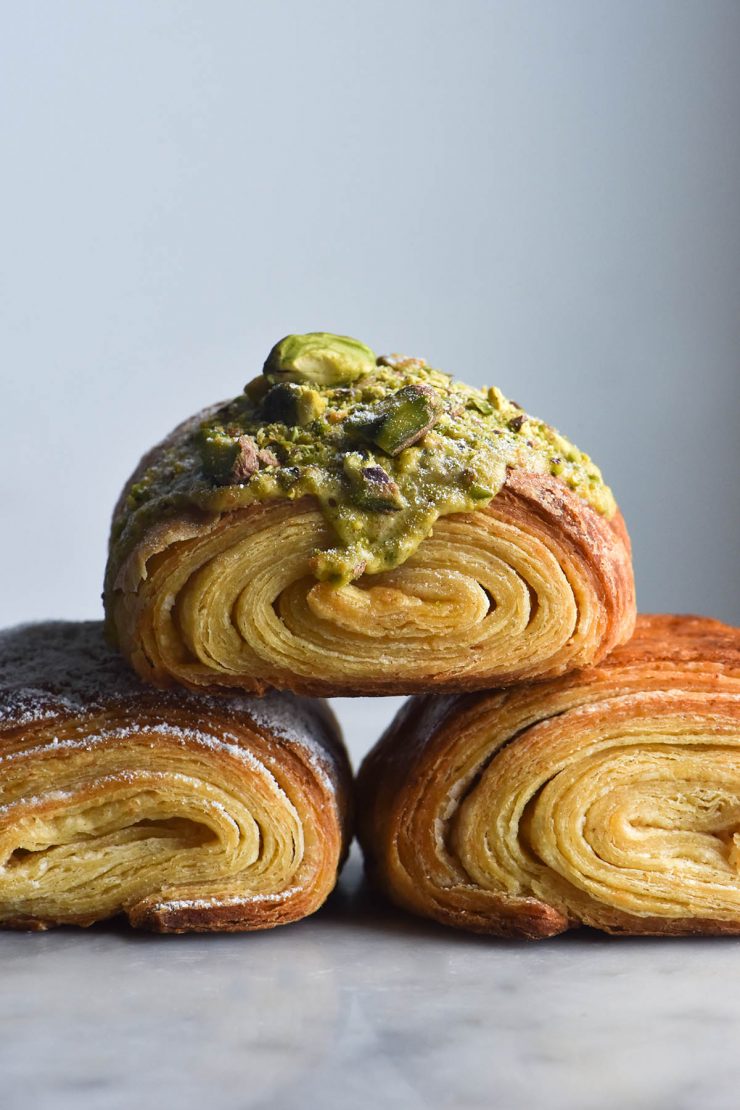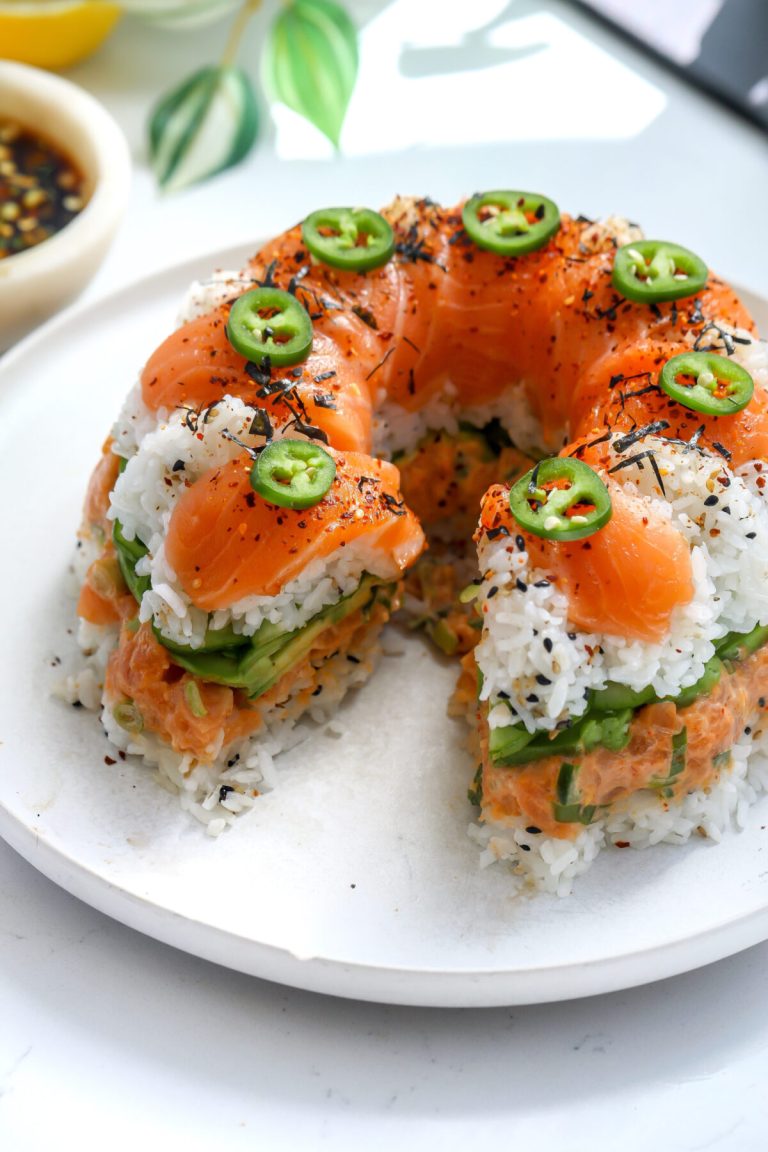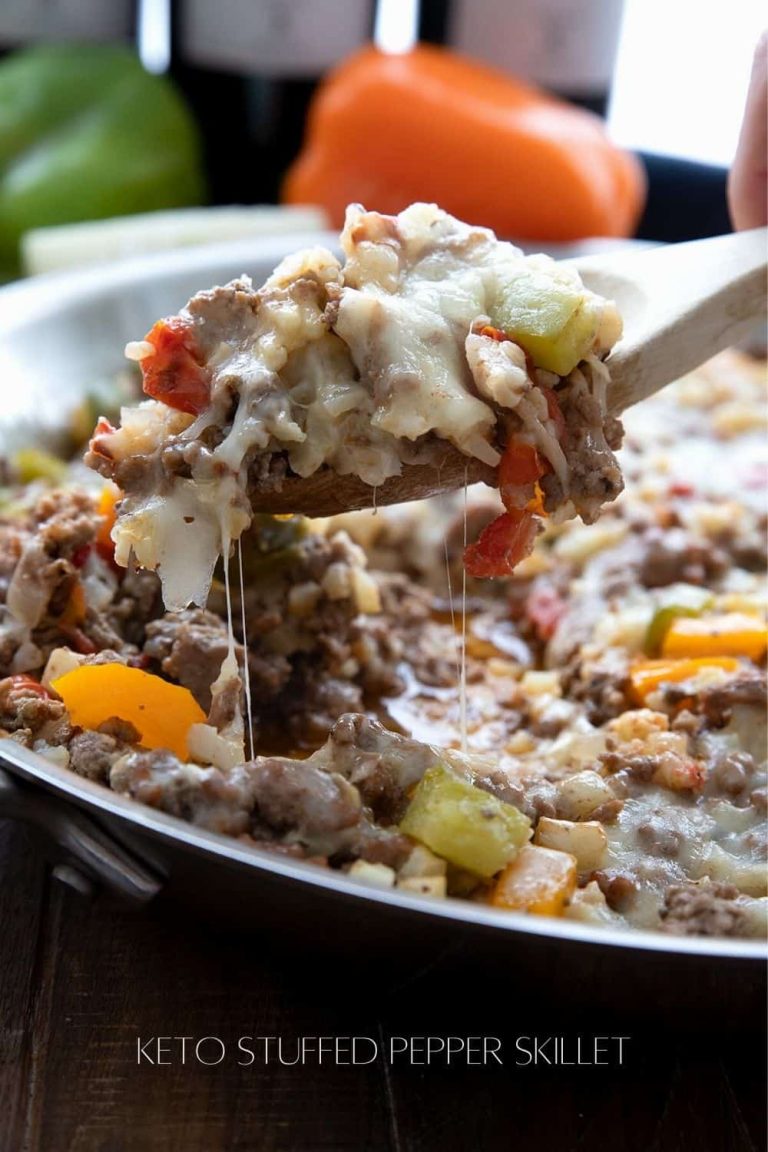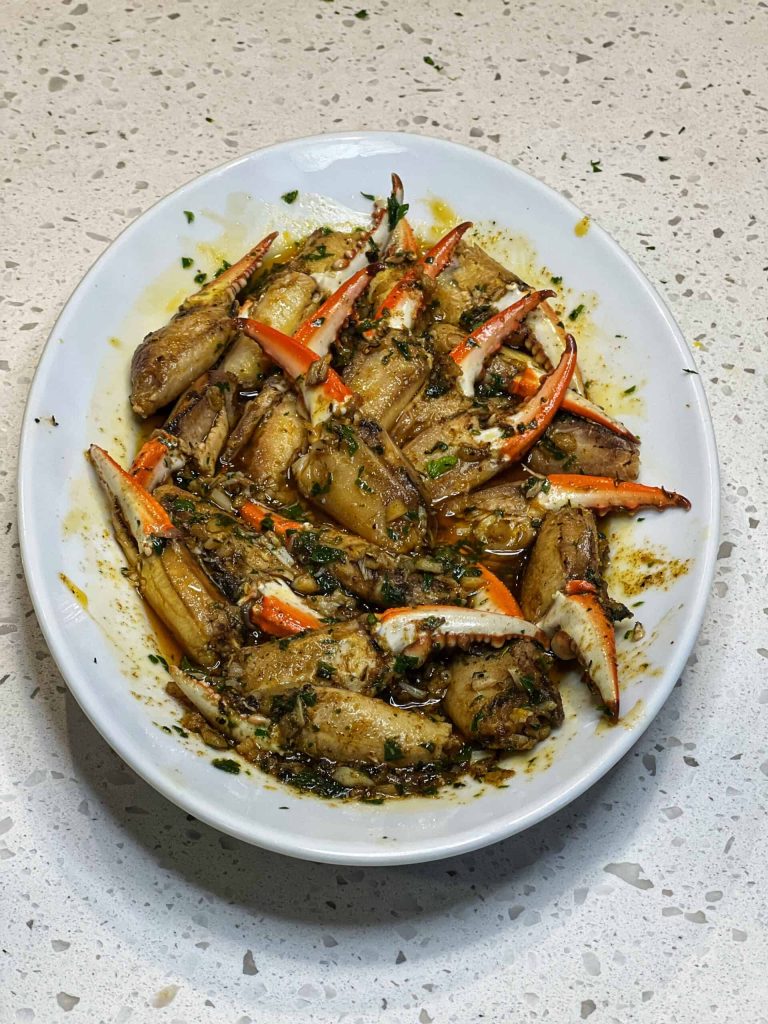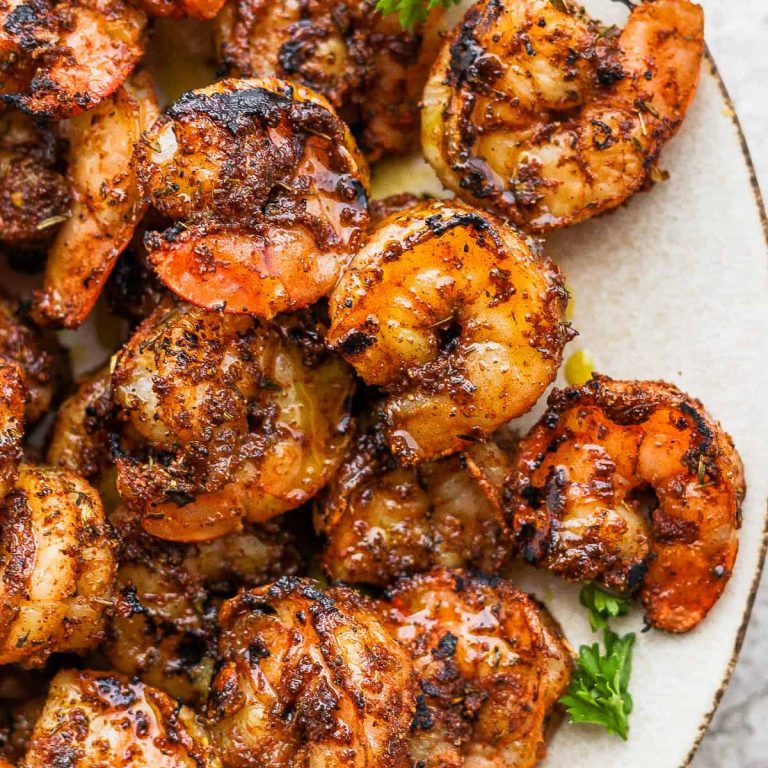Gluten Free Crescent Rolls: Homemade Recipe, Health Benefits & Best Store-Bought Brands
What Are Gluten Free Crescent Rolls?
The Basics of Gluten Free Baking
Gluten free baking involves creating recipes without wheat, barley, or rye. You use alternative flours like almond, coconut, or rice. To replicate gluten’s elasticity, you often add binders such as xanthan gum or guar gum. Mastering the balance of these ingredients ensures the baked goods have the right texture and taste.
Ingredients Typically Used in Gluten Free Crescent Rolls
Gluten free crescent rolls require a mix of specific ingredients to achieve their flakey texture:
- Gluten-Free Flour: Common choices include rice flour, almond flour, or a pre-mixed blend.
- Xanthan Gum: This binder provides structure and elasticity in the dough.
- Butter: Ensures richness and layering during baking.
- Eggs: Adds moisture and helps bind the dough.
- Milk: Offers moisture and contributes to softness.
- Sugar and Salt: Enhances flavor.
Properly combining these ingredients results in crescent rolls that are flaky, tender, and satisfying without gluten.
Why Choose Gluten Free Crescent Rolls?
Health Benefits of Going Gluten Free
Choosing gluten-free crescent rolls offers several health benefits, especially for those with celiac disease or gluten sensitivity. By avoiding gluten, you can prevent the autoimmune response associated with celiac disease, which damages the small intestine and impairs nutrient absorption. Even if you don’t have celiac disease, reducing gluten intake may lead to fewer digestive issues like bloating, gas, and diarrhea.
Research from the American Gastroenterological Association suggests that a gluten-free diet can improve gut health and reduce inflammation in those with gluten-related disorders. Additionally, many gluten-free crescent rolls use nutrient-rich alternative flours, like almond or rice flour, providing more vitamins and minerals than traditional wheat flour.
Taste and Texture Comparison
When comparing taste and texture, gluten-free crescent rolls can closely mimic their gluten-containing counterparts if prepared correctly. Gluten-free rolls often have a light, flaky texture achieved through a combination of gluten-free flour, xanthan gum, and fat sources like butter or margarine. Proper balancing of these ingredients creates a tender bite, similar to traditional crescent rolls.
Though some gluten-free products in the past lacked flavor, advancements in gluten-free baking have enhanced their taste profile. For example, almond flour adds a subtle nutty flavor, and coconut flour provides a mildly sweet taste. These unique flavors can offer an enjoyable eating experience for those who appreciate diverse taste profiles while maintaining the classic buttery note that crescent rolls are known for.
How to Make Gluten Free Crescent Rolls at Home
Essential Ingredients and Substitutes
Gluten-free crescent rolls require specific ingredients to achieve the desired texture and taste. Use gluten-free all-purpose flour blends as the base, ensuring they contain a mix of rice flour, potato starch, and tapioca starch. Bind the dough with xanthan gum or guar gum to replicate gluten’s elasticity. Use unsalted butter for flakiness and choose almond milk or coconut milk as dairy alternatives. Sweeten with a small amount of sugar or honey. Activate yeast with warm water and a pinch of sugar, ensuring it bubbles before mixing. Eggs help in binding and enhancing the texture. For additional flavor, consider using almond flour or coconut flour, enriching the nutritional profile.
- Prepare Yeast Mixture: Combine warm water, yeast, and a pinch of sugar. Allow it to sit for 5-10 minutes until it bubbles, indicating the yeast is active.
- Mix Dry Ingredients: In a large bowl, combine gluten-free all-purpose flour, xanthan gum, and a small amount of salt.
- Combine Wet Ingredients: In a separate bowl, mix unsalted butter, almond milk, eggs, and honey or sugar.
- Form Dough: Gradually add the wet ingredients to the dry ones, mixing until a dough forms. Knead the dough gently, ensuring it’s smooth and elastic.
- Let It Rise: Place the dough in a greased bowl covered with a damp cloth. Let it rise in a warm area for about an hour or until it doubles in size.
- Shape Rolls: Roll out the dough on a floured surface into a thin circle. Cut into 8-12 triangular pieces. Roll each piece from the wide end to the tip, forming crescent shapes.
- Second Rise: Place the shaped rolls on a baking sheet, cover, and let them rise for another 30 minutes.
- Bake: Preheat your oven to 350°F (175°C). Bake the rolls for 15-20 minutes or until they are golden brown.
- Cool and Serve: Let the rolls cool slightly before serving to enhance their texture and flavor.
These steps ensure your gluten-free crescent rolls have the right texture and flavor, making them a delightful addition to any meal.
Top Store-Bought Gluten Free Crescent Rolls
Reviewing Popular Brands
When selecting gluten-free crescent rolls, you’ll encounter several well-known brands. Schär offers rolls known for their flaky texture, with brown rice flour as the key ingredient. Pillsbury also provides a gluten-free option, featuring a blend of rice flour and potato starch, making them a convenient choice. Another notable brand, Udi’s, focuses on taste and texture, using tapioca starch and brown rice flour to achieve a mouth-watering result.
Tips for Choosing the Best Product
Examine the ingredient list. Opt for products with familiar ingredients and minimal additives. Check for certifications. Look for labels like “Certified Gluten-Free” to ensure safety for those with celiac disease. Consider the texture. Read reviews or try smaller packs to find a brand that meets your expectations in terms of flakiness and tenderness.
Conclusion
Mastering gluten-free crescent rolls can be a game-changer for your gluten-free baking repertoire. With the right ingredients and techniques, you can enjoy flaky, tender rolls that rival their gluten-filled counterparts. Whether you’re making them at home or opting for store-bought options from brands like Schär, Pillsbury, or Udi’s, there’s something for every preference. Remember to check for certifications and read reviews to find the best fit for your needs. Happy baking and enjoy the delicious journey of gluten-free living!
